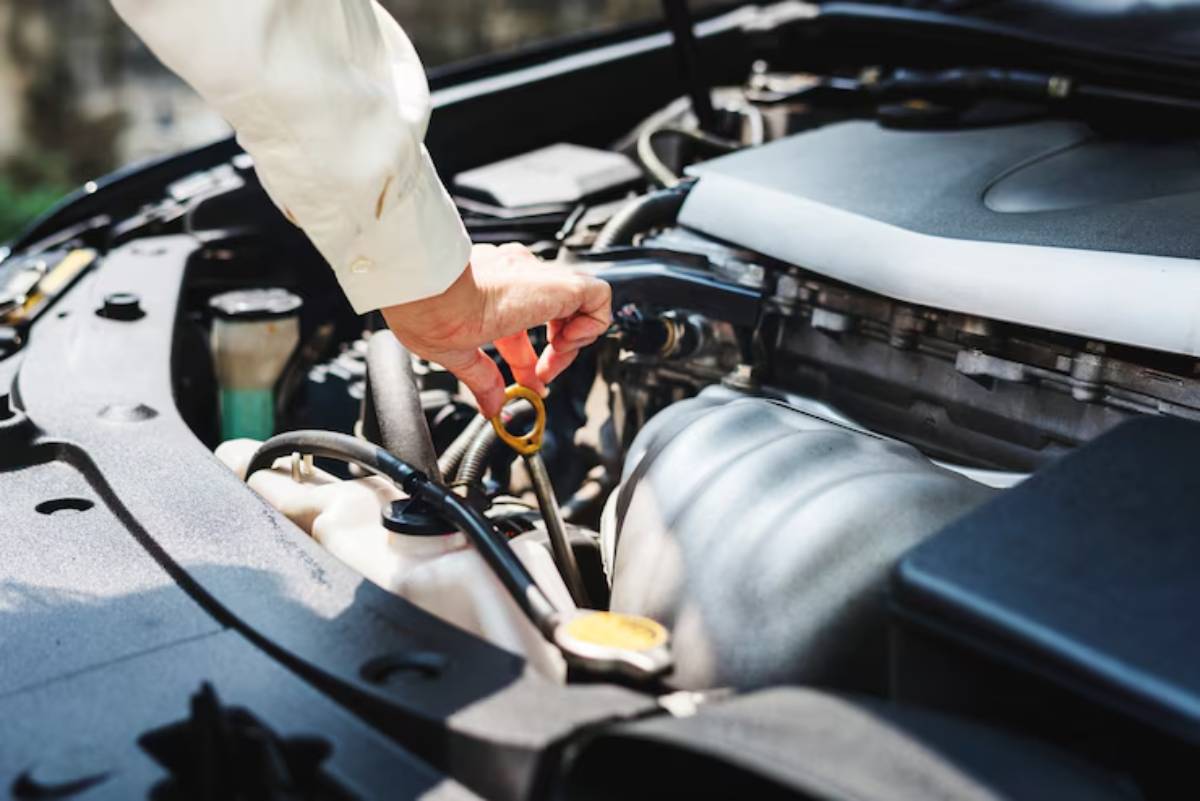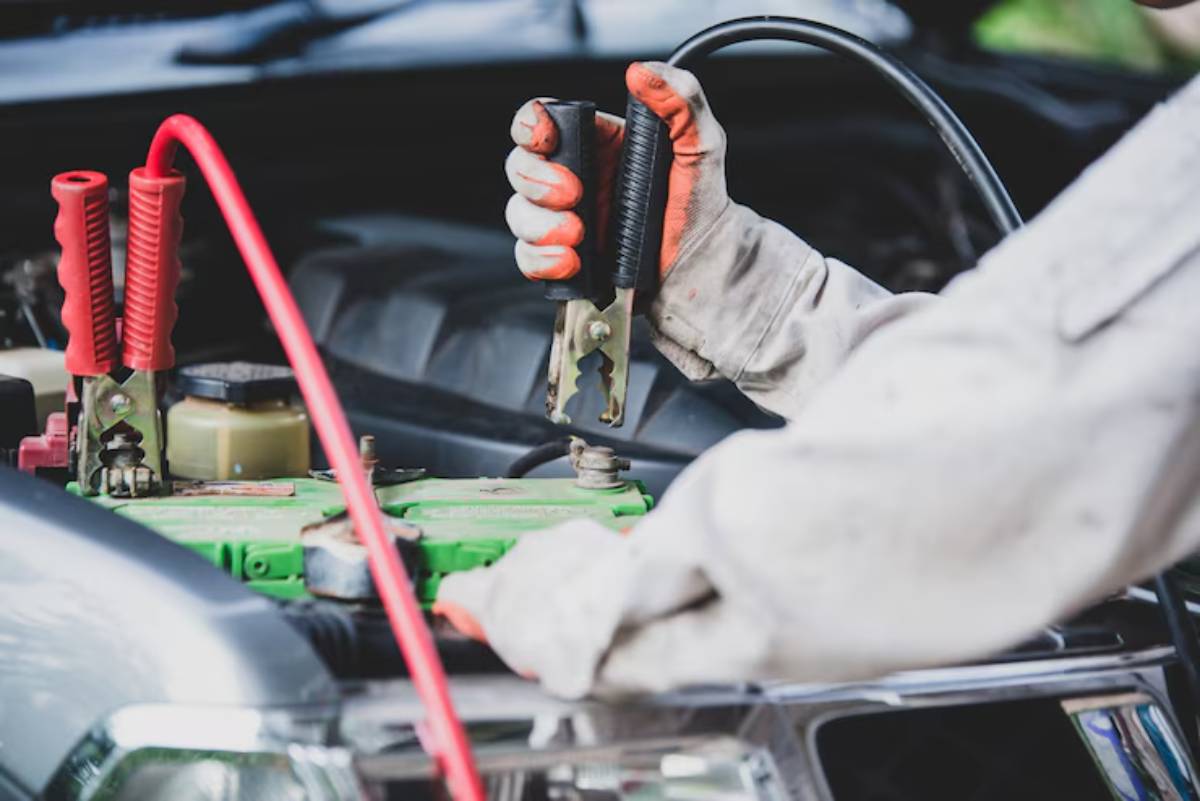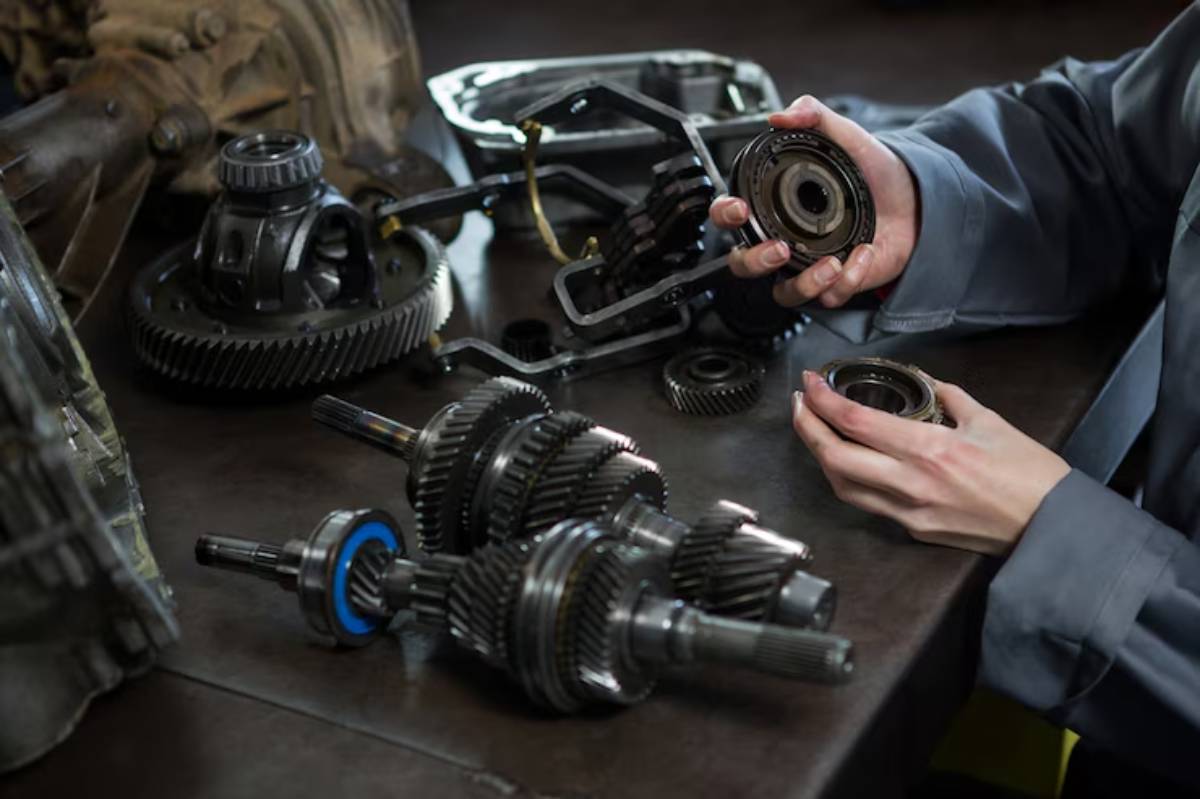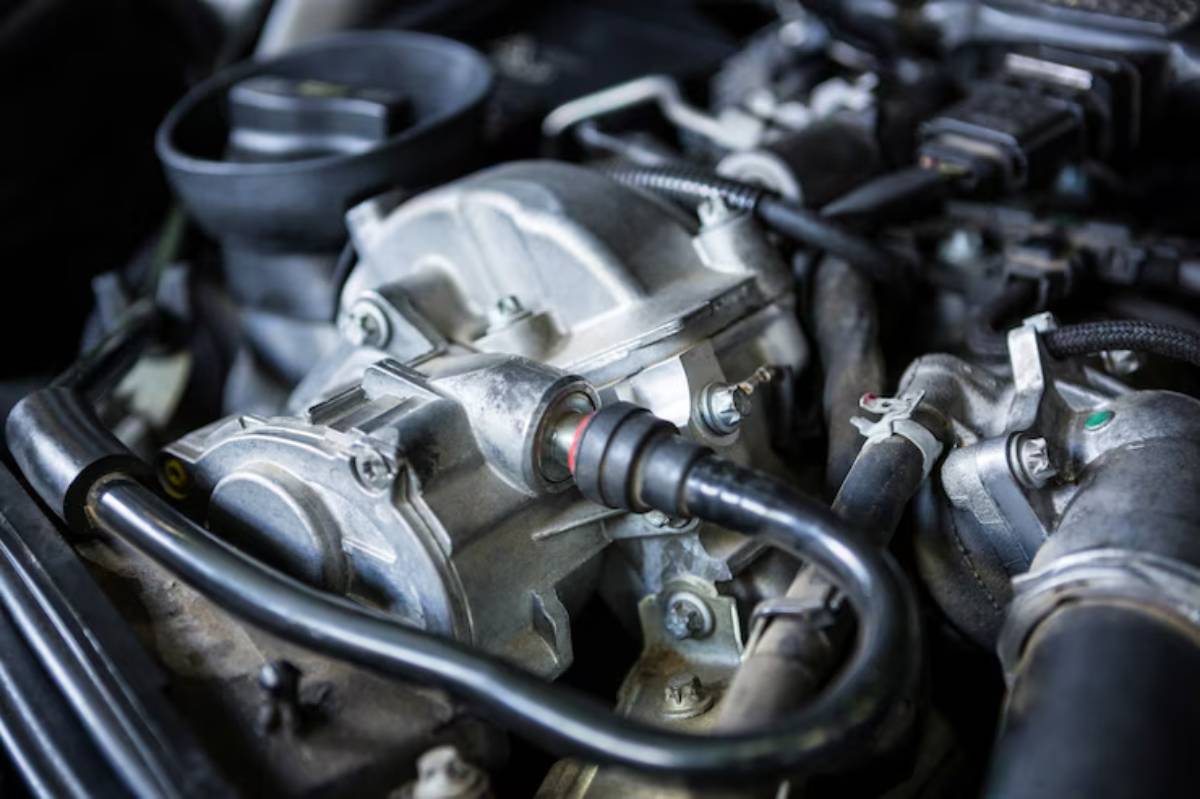
Common Hybrid Engine Problems and Fixes
Hybrids are the superheroes of modern motoring — smooth, efficient, and built for a cleaner future. But even the most reliable hybrid engine isn’t immune to problems. Whether it’s a dashboard light, a sluggish performance, or a strange hum that wasn’t there yesterday, you’ll want to get to the bottom of it before minor issues become wallet-emptying ones.
The good news? Many hybrid engine problems are common, identifiable, and fixable with the right knowledge — no need to panic or guess. In this guide, we’ll walk you through the most frequent issues, what causes them, and how you (or your mechanic) can fix them efficiently.
We’ll also include practical examples, expert tips, and links to helpful resources like Signs Your Hybrid Engine Needs Immediate Attention and How Often Should You Service a Hybrid Engine?.
1. High-Voltage Battery Degradation

The Problem
Over time, the large high-voltage battery that powers your hybrid’s electric motor can degrade. You might notice:
- Reduced electric-only driving range
- The petrol engine is kicking in more often
- Sluggish acceleration
Why It Happens
Just like your phone battery, a hybrid battery loses capacity with age and use. High temperatures, deep discharges, and long periods of inactivity can all accelerate wear.
The Fix
- Run a battery diagnostic at your dealership or hybrid specialist.
- Replace or refurbish the battery if the capacity is significantly reduced.
- Consider preventive maintenance, such as keeping the battery cool and avoiding full depletion.
Tip: Regular maintenance and keeping the battery at moderate charge levels can prolong its life significantly.
2. Cooling System Failures
The Problem
Hybrids rely on dedicated cooling systems for their battery packs and inverters. If these systems falter, you could experience:
- Overheating during electric mode
- Warning lights or sudden shutdowns
- A humming noise from the cooling fan running constantly
Why It Happens
Blocked vents, failing pumps, or low coolant levels are the usual suspects. Dust, debris, or even pet hair can clog air vents near the battery.
The Fix
- Clean cooling vents regularly — especially under rear seats or boot areas where battery vents often live.
- Check coolant levels for both the engine and inverter systems.
- Replace the coolant pump if faulty — a common issue in older hybrids.
3. Faulty Inverter Module
The Problem
The inverter converts direct current (DC) from the battery to alternating current (AC) for the electric motor. When it fails, you may experience:
- Loss of power
- Warning lights like “Check Hybrid System”
- A non-starting vehicle
Why It Happens
Heat is a major factor. Over time, thermal stress or faulty circuit boards can cause the inverter to fail, especially in hot climates or poorly maintained vehicles.
The Fix
- Inverters are not DIY-friendly — visit a hybrid-certified technician.
- Software updates may resolve certain inverter performance issues.
- If replacement is needed, check for extended warranty coverage — many manufacturers cover inverters for up to 8 years.
4. Engine Misfires and Rough Idling
The Problem
Your hybrid’s petrol engine should kick in smoothly when needed. If you’re feeling rough, idling, jerky acceleration, or hearing knocking sounds, something’s off.
Why It Happens
- Old or dirty spark plugs
- Failing ignition coils
- Clogged fuel injectors
The Fix
- Replace spark plugs every 40,000 to 50,000 km (or as per your manual).
- Use high-quality fuel and clean fuel injectors regularly.
- Have a technician scan for misfire codes via OBD-II diagnostics.
Did You Know?
Because hybrids often run on electric power at low speeds, spark plug issues might go unnoticed until longer or high-speed drives.
5. Failed Auxiliary 12V Battery
The Problem
Hybrids use a small 12V battery to power essential electronics like key fob recognition, lights, and system startup. If it fails, your hybrid might:
- Refuse to start
- Display a “Key Not Detected” warning
- Shut down mid-drive unexpectedly
Why It Happens
These batteries are often overlooked. Unlike the high-voltage unit, they’re prone to draining from infrequent driving or age.
The Fix
- Replace every 3–5 years or sooner if showing weakness.
- Disconnect the negative terminal during long storage periods.
- Keep a portable jump starter handy, just in case.
6. Transmission Issues (eCVT and Hybrid Gearboxes)

The Problem
Hybrid transmissions, especially eCVTs, are known for smooth transitions. If you experience:
- Slipping during acceleration
- Grinding noises
- Trouble switching between drive modes
…it could indicate a transmission fault.
Why It Happens
Lack of transmission fluid maintenance is often to blame. Contrary to myth, CVTs do require servicing — and hybrids are no exception.
The Fix
- Check and change the transmission fluid every 60,000–100,000 km.
- Only use manufacturer-approved hybrid-compatible fluid.
- Avoid aggressive driving that strains the transmission.
7. Regenerative Braking Malfunctions
The Problem
If your hybrid brake pedal feels inconsistent or you’re not getting the same battery recharge when slowing down, your regenerative system may be underperforming.
Why It Happens
- Worn brake pads
- Faulty sensors
- Battery management errors
The Fix
- Inspect brake pads and rotors — they last longer in hybrids, but still wear.
- Run a full brake system diagnostic.
- Keep software updated to ensure braking calibration remains accurate.
Explore more in our post on How Regenerative Braking Works in Hybrids.
8. Software Glitches and ECU Sync Problems
The Problem
Your hybrid’s brain — the ECU — controls how the electric and combustion systems work together. Faulty logic can cause:
- Erratic gear shifts
- Delayed engine startup
- Inconsistent fuel economy
Why It Happens
Software bugs or outdated firmware can cause performance glitches. This is more common in older models or those not serviced regularly.
The Fix
- Book a dealer-level diagnostic scan.
- Request a firmware or software update — often free during scheduled services.
- In some cases, a hybrid system reset may clear persistent issues.
9. Strange Noises During Start or Shut Down
The Problem
Hybrids are usually whisper-quiet. So when you hear:
- Buzzing
- Clicking
- Whining
… it’s worth investigating.
Why It Happens
Noises can come from:
- Inverter cooling fans
- Electric water pumps
- Power relays engaging/disengaging
The Fix
- Determine whether the noise is normal operational behaviour (some sounds are expected).
- If noises increase in volume or frequency, consult a technician.
- Ensure fans and pumps are free of debris and running efficiently.
Conclusion: Stay Ahead of Hybrid Engine Problems

Hybrid vehicles may be engineering marvels, but like any car, they require ongoing care. By understanding common hybrid engine problems, you’ll be far better equipped to troubleshoot hybrid issues before they become serious.
Whether it’s a battery degradation, a cooling system hiccup, or a misfiring spark plug, catching the warning signs early can save you from costly repairs and keep your hybrid running at its peak.
Take action today:
- Book that overdue service
- Keep an eye on dashboard lights
- Ask your mechanic about software updates
And most importantly, trust your instincts — if something feels off, it probably is.


